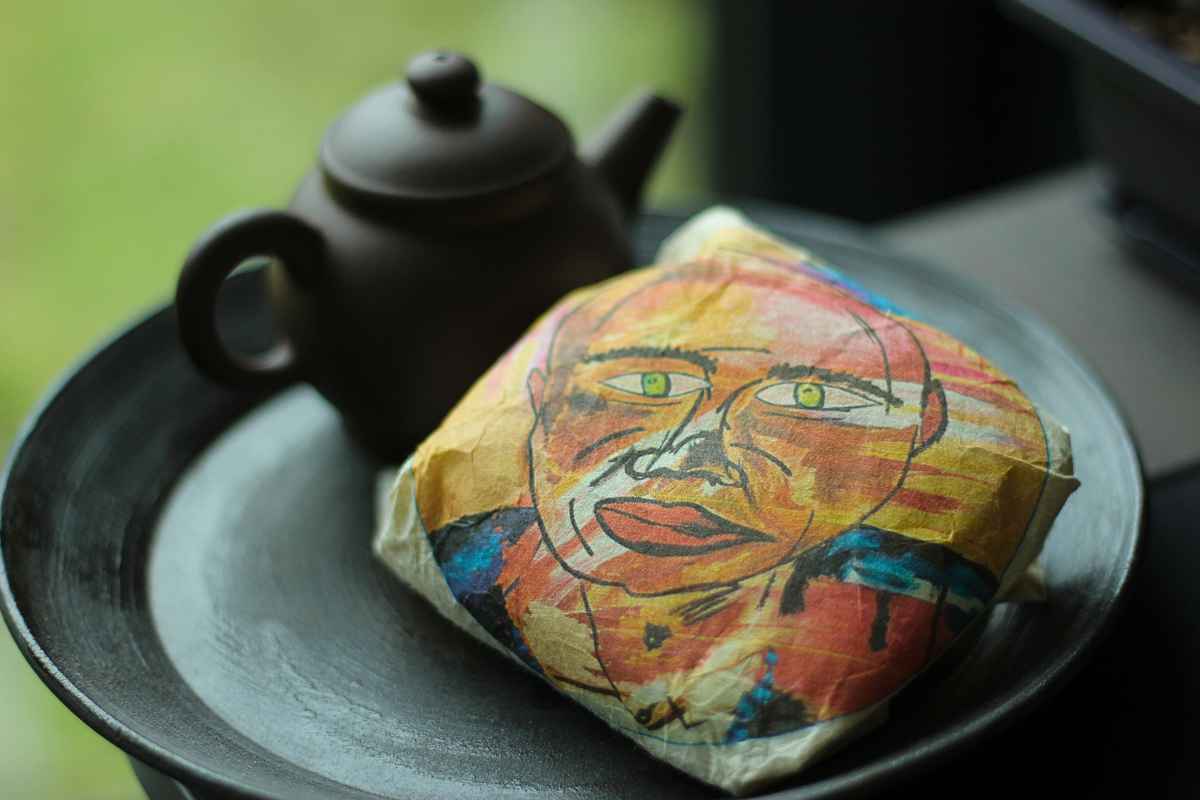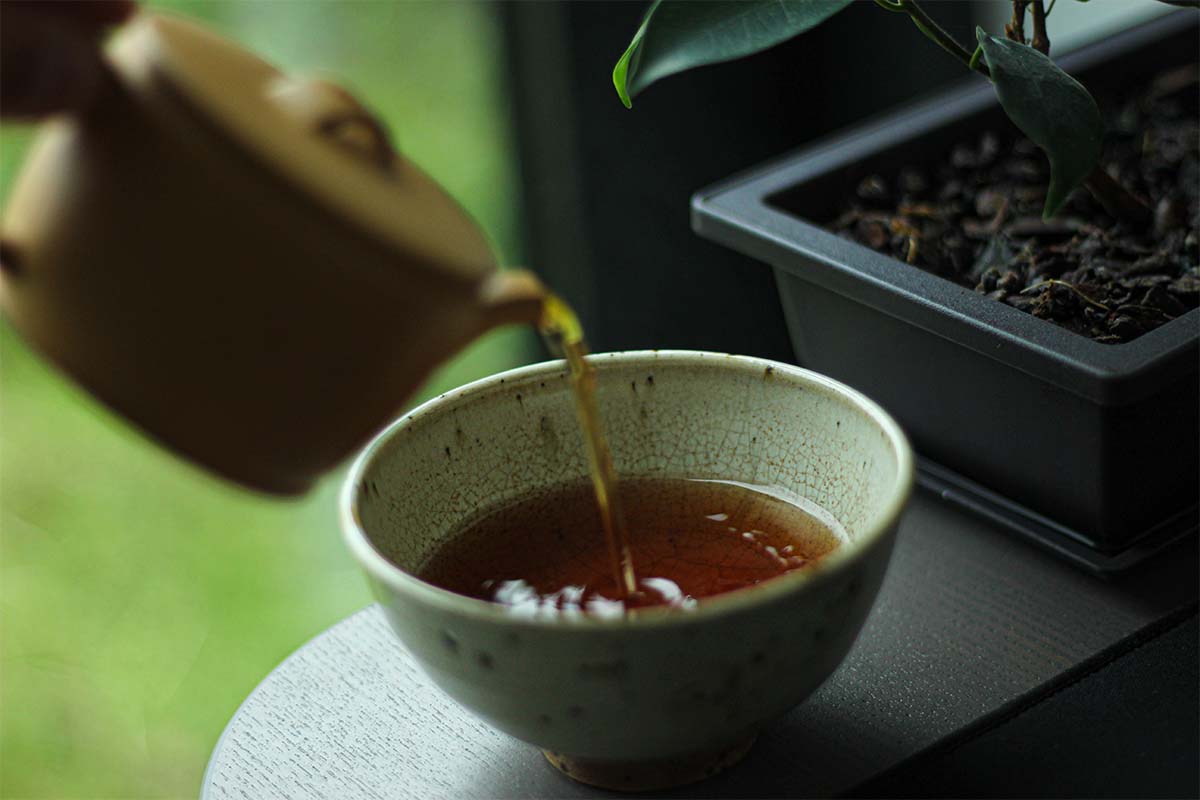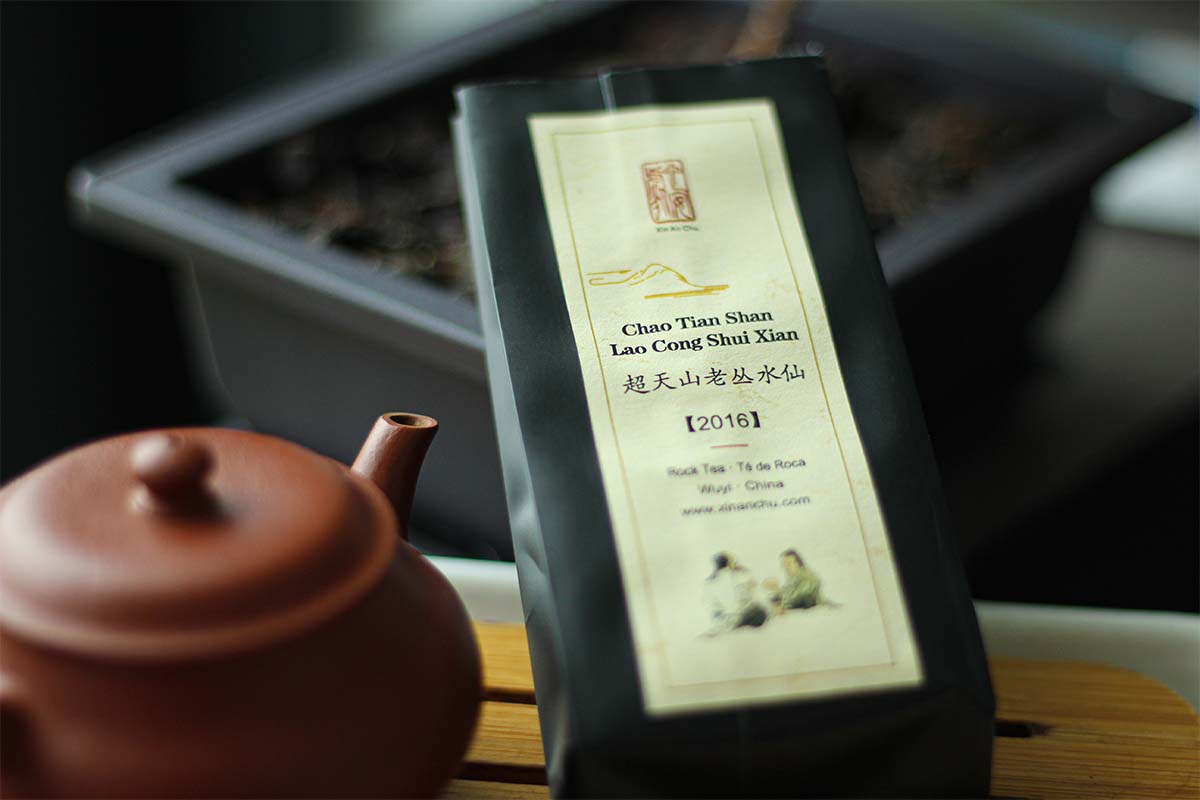If you’re into tea and the Chinese Tea Ceremony, you might know that a nice teapot costs quite a bit of money. There is a wide variety of teapots available on the market and they all have their own specific purpose. But why are they so expensive? This article lists some reasons why teapots are so expensive.
Yixing teapots are expensive because they are seen as works of art. They are made from a type of clay that is expensive and limited in quantity and produced by Yixing teapot artists. The higher the rank of the artist and the older the teapot, the more expensive an Yixing teapot will be.
What is a teapot?
Before we delve into more detail about specific types of teapots, it’s best to come up with a definition. In general, a teapot is used to brew tea. It has a handle, spout, and an opening on top on which you can place a lid.

Don’t know where to buy tea online? I made a list of over 300 online tea shops and I keep updating it regularly. You can check it over here
When brewing tea, you put tea in the teapot through the opening on top, pour water in the teapot, and put the lid on to let the leaves infuse for a while.
This article focuses on smaller teapots, so teapots that are used in the Chinese Tea Ceremony.
Different types of teapots
There is a wide variety of teapots available, and the difference has to do with the shape and materials they are made of. The most common materials to make teapots are porcelain, clay, and glass.
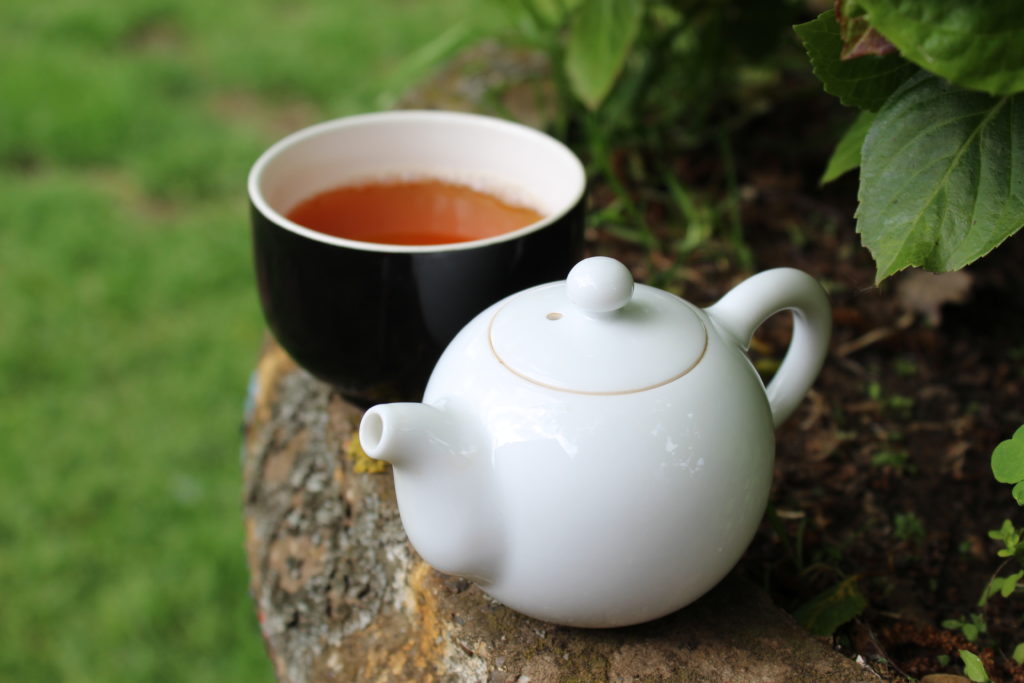

Porcelain teapots
Porcelain teapots are great when you’re new to tea. These are made from porcelain and are glazed on the in-and outside. This means that it will not affect the flavors of the tea that much.
The glazed walls of the teapot don’t allow for tea oils to seep into the pot throughout its lifespan. This is not the case in Yixing teapots, as discussed below.
The porcelain capital in China is Jingdezhen and is famous for its long history in producing the best porcelain teapots in the world. If you’re getting a (semi-)expensive porcelain teapot from Jingdezhen, chances are high that it’s hand-painted.
Clay teapots
The type of teapot that is most famous to use in a Chinese Tea ceremony is a clay teapot. The most common types of clay teapots are Zisha teapots, Jianshui teapots, Tokoname teapots, and Nixing teapots. There are other types of clay teapots, but those are made from various types of local clays.
Yixing teapots (or Zisha teapots as they are often referred to) are teapots from a town called Yixing in China’s Jiangsu province. This town has been the most important city in the world for clay teapots for centuries. The teapots that are made in this city have been associated with tea for a very long time.


These teapots are one of the first kinds of teapots that were made in China to brew tea, dating back to the 10th century.
The different types of clay teapots all have different properties and effects on the tea, but they all have in common that they are unglazed on the inside. This means that over time, tea oils will seep into the clay and affect subsequent brews. The mineral composition of the clay is key to the magic of these teapots.
Glass teapots
The main benefit of glass teapots is that you can see what is happening inside the teapot. Some people like watching the leaves unfurl.
A downside to glass teapots is that the heat retention is low so the temperature of the water drops faster than is the case in an Yixing teapot. That is why glass teapots are less ideal to brew pu-erh tea and other types of tea that require hot temperatures.
Why are teapots so expensive?
Of all the teapots in the world, Yixing teapots are amongst the most expensive and most sought-after teapots in the world for various reasons.
Yixing teapots have the biggest effect on the tea that you’re brewing due to the clay and shape of the teapot. Some artists specialize in the art of creating Yixing teapots and once they finish a pot, it’s seen as a true work of art.
Some shops sell teapots for $20, but it’s better to stay away from those because they usually contain harmful chemicals and are mass-produced. The price of (semi-) handmade Yixing teapots ranges from $150 up to $100,000 and more. There are even antique teapots that go for several hundred thousand USD …
Material
An important factor that affects the price of a Zisha teapot is the material that is used to make it: a kind of clay mined close to the city of Yixing. The main place where the clay was mined is called ‘Huanglongshan’, which means Yellow Dragon Mountain.
The mine has been closed for a while now (since 2005), so the supply of clay is limited and it’s only becoming more difficult to find as time goes on. This clay is non-renewable so once it’s gone, it’s gone forever.
Craftmanship and artist
There are various titles that show the level of craftsmanship of an Yixing artist. There haven’t been that many grandmasters and to reach the status of a senior artist, you must have at least 25 years of experience, several gold awards, and have passed several difficult tests.
It comes as no surprise that the higher a rank of an artist, the more expensive one of his/her pots costs. The two most prestigious Yixing artists are Gu Jingzhou and Jiang Rong. Unfortunately, both have passed away. Their works are sometimes auctioned and can reach a price of up to 1 million USD!
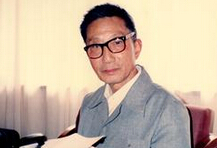
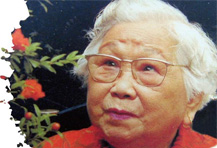
Source: https://www.zisha.com/en/artlist.shtml
It can take up to 8-10 days to make one fully-handmade teapot. This means that the artist cannot make more than a couple a month, which makes them even more exclusive.
Zisha teapot artists have been using the same techniques for over 600 years. They study for a very long time and practise for numerous hours in order to make the perfect teapot.
Age of the teapot
Another factor that determines the price of an Yixing teapot is the age of the pot. Older pots are usually more expensive because there are fewer of those available.
The main reason some people prefer older pots is not because they are well-made. Most modern pots for daily use have better craftmanship than daily antique teapots. There are some exceptions like antique collector items, but those are out of reach for most people.
People like antique pots and are willing to pay good money for them because they have good clay. Back in the day, clay was processed with a lot less harmful substances.


Nowadays, all kinds of chemicals are added to the clay to make it easier to process into teapots. That was not the case in the past as the market was a lot smaller back then. Some modern tea shops started producing teapots without any harmful substances and even offer a certificate as proof.


